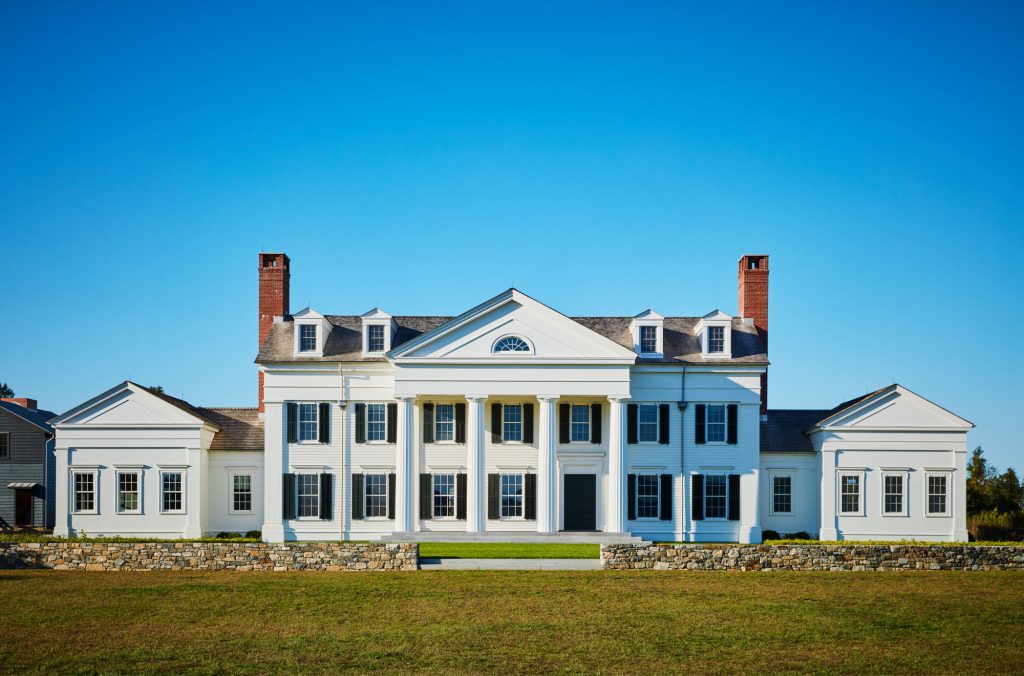Greek Revival Architecture Explained: How Ancient Greece Shaped Modern Design
From stately porticos to white-marble façades this influential movement transformed public buildings homes and national identities
Greek Revival architecture is what happens when the modern world looks at ancient Greece and says, “Yes, I’ll have all of that — but bigger.” Think temples, but with plumbing. Columns that appear ready to shoulder the burden of democracy itself. And enough white stone to blind you on a sunny day. It’s as if architects across Europe and America collectively decided that subtlety was wildly overrated and that buildings should instead resemble heroic monuments capable of withstanding both history and a mild apocalypse. You walk past a Greek Revival courthouse and instantly feel like you should either deliver a philosophical speech or challenge someone to a duel. It’s dramatic, unapologetically bold, and proof that even thousands of years later, the Greeks still know how to shout the loudest in stone.

By the early 19th century, Europe and America were both grappling with new political identities, rapid industrial change, and a desire to express cultural strength through architecture. Greek Revival became the perfect solution — an architectural language rooted in democracy, order, and classical beauty. Its arrival felt like a statement: nations wanted legitimacy, and nothing conveyed authority quite like a building that looked as though it had hosted philosophers and lawmakers for centuries.

What made Greek Revival so powerful was its symbolism. At a time when societies were redefining themselves, the clean lines and disciplined geometry of ancient Greece resonated deeply. Governments, universities, banks, and courthouses adopted the style almost instinctively. The columned portico became the architectural equivalent of a firm handshake — confident, orderly, and rooted in history. Whether in Berlin, London, Washington, or Edinburgh, Greek Revival structures sent the same message: this institution stands for stability.

Unlike earlier classical revivals, which focused on Roman grandeur, Greek Revival showed remarkable scholarly precision. Architects studied Greek temples, measured friezes, and replicated Doric, Ionic, and Corinthian orders with near-mathematical fidelity. Yet they also adapted ancient designs to contemporary needs — banks didn’t need open-air sanctuaries, after all. Instead, they enclosed large interiors behind temple-like façades, merging purity of form with functionality. Timber, stucco, and later cast iron allowed Greek motifs to be reproduced at scale, making the style accessible across social classes.
Among the finest showcases of Greek Revival architecture is the British Museum in London, whose monumental colonnade remains one of the most recognisable façades in Britain. In the United States, the Second Bank of the United States in Philadelphia and the Tennessee State Capitol stand as testaments to the movement’s political resonance. Edinburgh’s New Town earned the nickname “the Athens of the North,” while Berlin’s Altes Museum highlighted Prussia’s intellectual ambitions. Even residential architecture embraced Greek Revival, with columned porches becoming hallmarks of refined domestic living.

Figures like Robert Smirke in Britain, Karl Friedrich Schinkel in Germany, and William Strickland in the United States became pioneers of Greek Revival design. Their work established the movement as more than an aesthetic preference — it became a cultural and political symbol. In America, Thomas U. Walter and Benjamin Latrobe helped integrate Greek design into the identity of public buildings, ensuring that classical ideals remained intertwined with national narratives. Today, the movement’s influence persists in courthouses, museums, civic buildings, and even suburban houses. Its appeal lies in its authority, simplicity, and symbolism. Greek Revival architecture continues to embody ideals of democracy, civic pride, and intellectual heritage — a reminder that the ancient world still echoes strongly in modern life. Long after other styles faded, Greek Revival remains timeless, proving that good ideas — especially Greek ones — never go out of style.